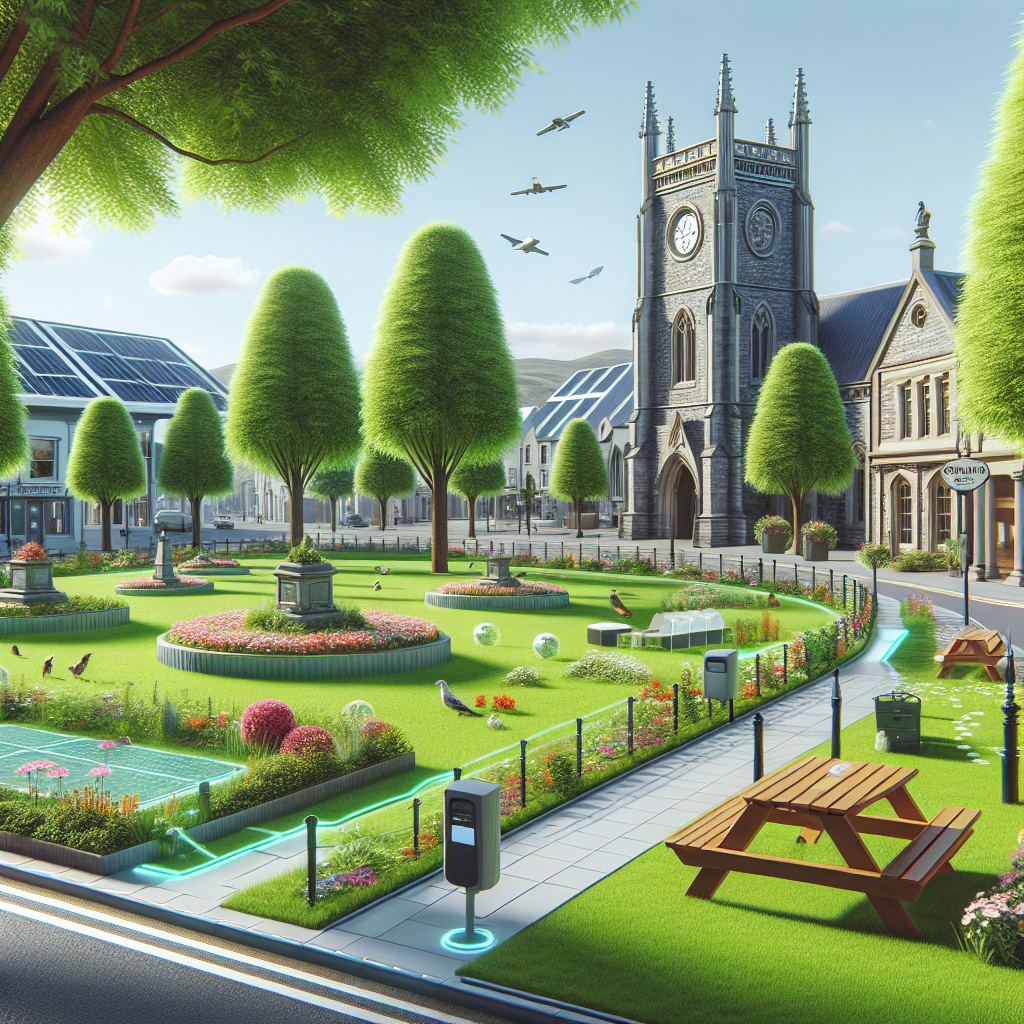Tucked away in the charming town of Carmarthen, Wales, Carmarthen Park is a spot that pulses with both historical significance and modern-day allure. Established in the late 19th century, this public park is more than just a stretch of green; it's a vibrant social hub that has witnessed countless stories unfold over the years. Picture this: a place where you can kick back on a Sunday afternoon, enveloped by nature while echoes of history whisper through the trees. It's a park that feels like a community glue, pulling together people of all ages, and it offers a tapestry of experiences that shouldn't be missed.
The park's creation was part of a burgeoning movement during the Victorian era in which public spaces were established to enhance urban living. Think of it like an early mission to democratize leisure, making it accessible to everyone, not just the privileged. Carmarthen Park opened its gates to the public in 1900, marking a significant moment in the push for public spaces. Initially, it provided solace to a working-class population hungry for a breath of fresh air and an escape from the industrial hustle.
Fast forward to today, and Carmarthen Park is still serving its community, but in ways that its original architects could hardly have envisioned. With skate parks for the adventurous gen Z crowd, regular events like fairs and concerts for social butterflies, and peaceful gardens for those seeking tranquility, it’s a chameleon of sorts that's forever adapting to the needs of its visitors.
Its geography is intriguing too. You could stand in one corner watching a local band play, then stroll over to lush gardens that transport you into a slice of serene solitude. For anyone with a penchant for flora, the pop of colors from seasonal flowers and the intricate details of landscaped paths provide more than just visual pleasure—they're mood lifters, a little boost of nature-fueled happiness.
Let's talk sustainability. This old park might have deep roots, but its thinking is refreshingly new-age. You’ll find recycling bins sprinkled generously throughout to encourage eco-friendly habits. Community-led initiatives grow around sustainable living practices—like gardening workshops that demonstrate how to be more planet-conscious. This is where Carmarthen Park advocates for Mother Earth while fostering a supportive community spirit.
Yet, not everyone sees eye to eye on every aspect. Some argue that the space allocated to activities like skateboarding may disrupt the park's peaceful atmosphere. They believe the modernization comes at the cost of serene green spaces. While tradition and modernity clash, seeking a compromise becomes essential. It's about finding the balance that honors the park's heritage while serving current and future generations.
From a panoramic viewpoint, the debate over the park's direction is but a reflection of the larger discussions within our societies—how to marry tradition with progress, how to cultivate spaces that welcome all walks of life while staying true to original intents. It shows us that parks like Carmarthen aren’t just swathes of land, but living, breathing entities that evolve alongside their communities.
Accessibility is a topic of conversation too—how can such a treasured public space become better equipped for visitors with disabilities? It's a community challenge with no easy answers, but one that the stakeholders of Carmarthen Park are keenly aware of. There are ongoing discussions about creating a more inclusive environment with advanced plans for wheelchair-friendly paths and sensory gardens suitable for everyone.
So why does all of this matter? It matters because parks like Carmarthen are integral pieces of the urban puzzle they occupy. They are spaces of reflection, joy, and discovery, blending the peace of nature with the vibrancy of human connection. They show that being part of a community means cherishing these green respites and ensuring they evolve to meet our changing needs.
For anyone who visits Carmarthen Park, it's more than a recreational visit. It’s tapping into a rich tapestry of local culture, history, and shared futures. It's a spot where gen Z may find links to a cherished past while also stamping their own mark on the present. It’s not just about days spent lounging on lawns or evening walks along illuminated paths; this is about being part of something bigger—a community in a continual process of renewal and togetherness.

